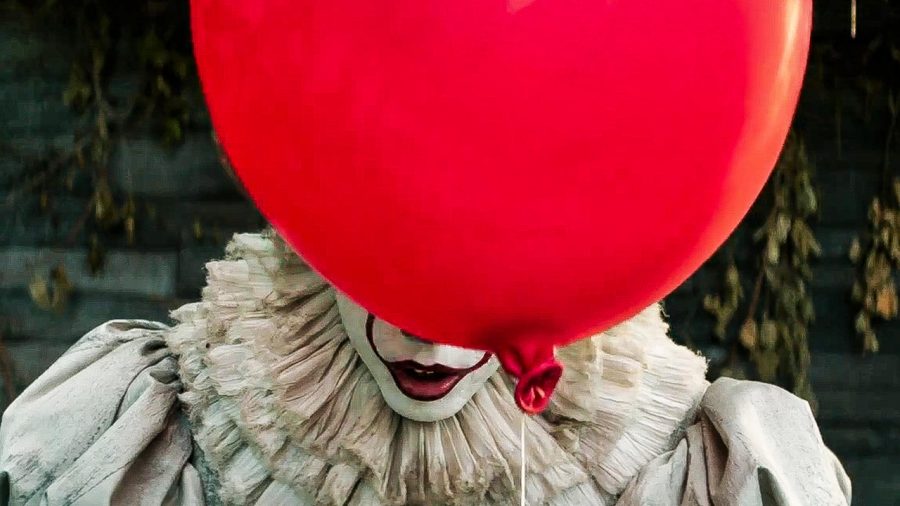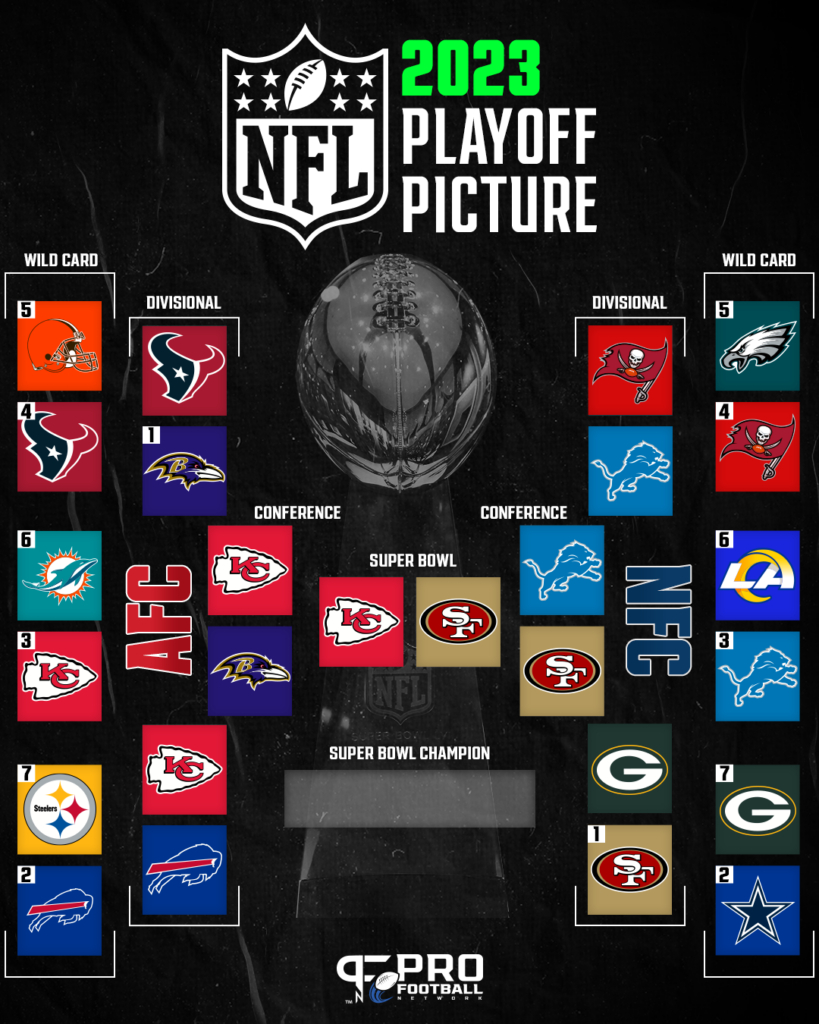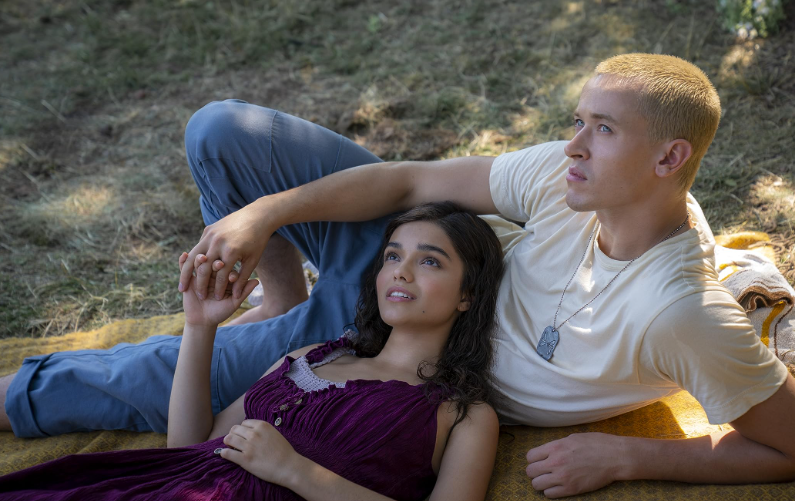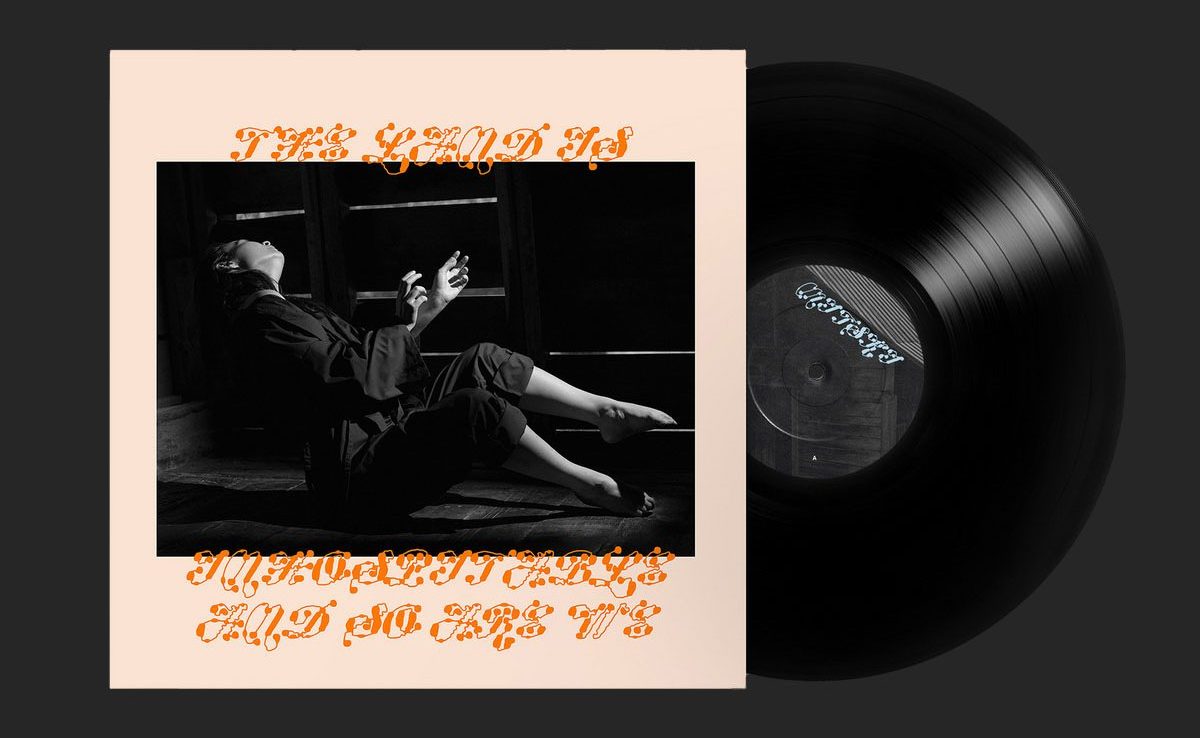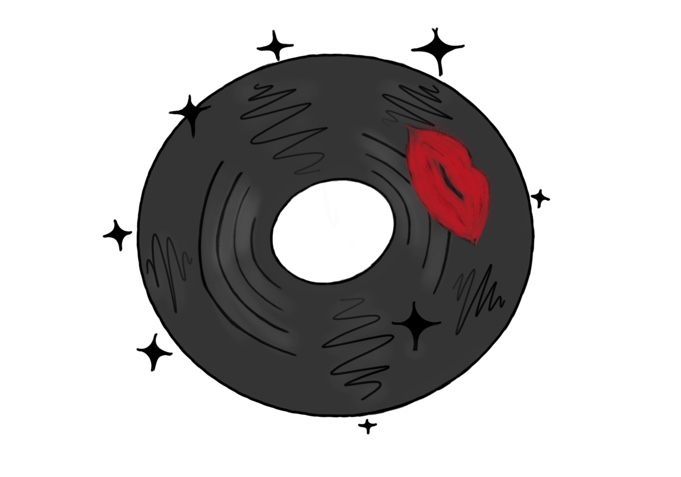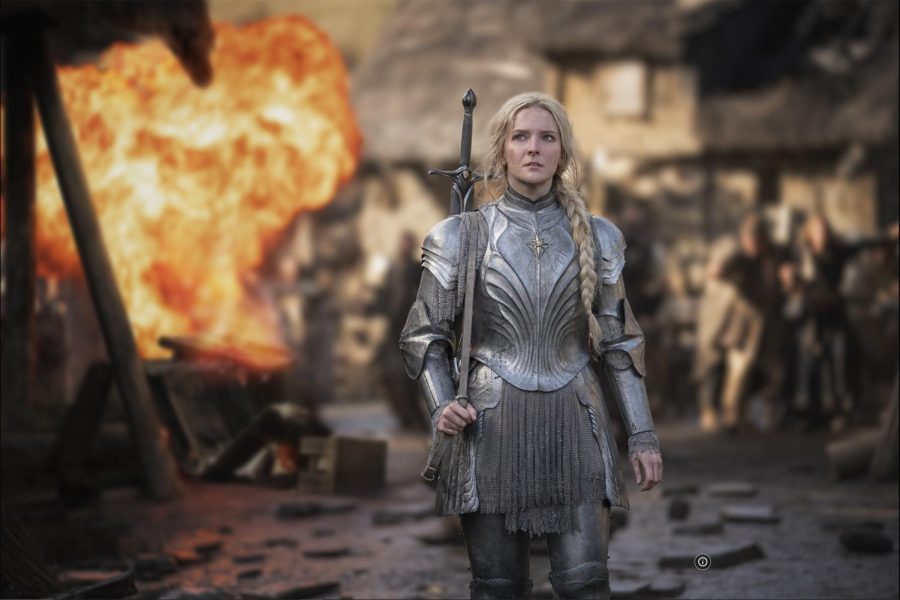Stephen King’s IT has always been a tough code to crack when trying to transform the terrifying novel into an even more terrifying film. Though the monstrous novel has been reduced to a few irreplaceable images and quotes over the years — a killer demon clown, some red balloons, “you’ll float too” — King’s story of seven teenagers who come of age during their encounters with a shape-shifting demonic character in small-town Maine, then come home as adults to confront the manipulative shape-shifter once again when it returns, is a handful to say the least. The novel rather messy in it’s attempt to portray a fictional town as a reflection on childhood, trauma and forgetting.
This second adaptation of King’s 1,400-page novel, directed by Andy Muschietti, is also a handful. Focusing entirely on the childhood-set portions of King’s book, it’s put together with alternately horrifying, grotesque, and somewhat hallucinatory nightmare imagery; a sometimes shocking mix of moods, ranging from haunted house horror to relatable hangout humor; a popcorn movie about gruesome child “disappearances”; a series of well-crafted suspense scenes; and a series of well-acted coming-of-age sequences that don’t quite fully mature. IT is prepared to be a major hit at the box office, but there’s an emptiness that remains throughout the film similarly to the demonic being that haunts the small town of Derry.
Since the film was purposefully made incomplete, the other half of the novel to be used in a potential sequel, this emptiness might’ve been inevitable. Much like Quentin Tarantino’s first volume of “Kill Bill” offered a crazed mix of kung-fu only for the second volume to provide the context that made it all meaningful, IT seems like the showy half of a longer story. As it stands, Muschietti along with the other screenwriters, have stayed faithful to the book’s overall mood while diverging from its particulars, and King fans will surely appreciate the clear effort and affection that went into this adaptation, even as it struggles to create the bigger picture than what the movie brings.
As the setting changes from the 1950s to the late 1980s, the film spans roughly nine months in the township of Derry, Maine. The novel’s famous opening sequence is mainly adapted beat-for-beat as Georgie, a sweet kid frolicking in the rain follows a paper boat into a storm drain, where he’s met by an ominous figure calling itself Pennywise the Dancing Clown, who sweet-talks him inch by inch toward his doom. It’s a sad but effective scene, and the rest of the film struggles to craft another set with the same impact.
Later in the film, the group of kids self-named “the Losers Club,” originally consisting of Bill, Eddie, Richie and Stanley, gradually grows to include Ben, a shy new kid who spends his time in the library, and Mike, a home-schooled loner who also appears to be the only black kid in town. The group unites based on their fear of the constant threat from Henry Bowers and his group of upperclassmen friends. However, the biggest disruption to the club comes with the addition of Beverly Marsh, a supremely confident tomboy eager to escape her abusive home life. Both Bill and Ben are fall head over heels, and the film is sensitive to the tender and typical awkwardness that occurs with young male-female friendships.
On top of the stereotypical teenage bullying, there’s also the matter of the child-killing hellish creature haunting their steps. One by one, It (a pronoun that gradually becomes a proper noun) appears to each of the Losers in a variety of appearances, toying with them just long enough to scare them witless before reverting to its default form of Pennywise. Eventually, the kids all admit to one another that they’ve been having the same experiences, and bookish Ben connects the disturbing disappearances to similar acts of violence throughout the history of Derry, a town where mysterious tragedy appears to strike every 27 years. Led by the increasingly committed Bill, the group takes action and fights back against It themselves, even if that means venturing into the town’s labyrinth of a sewer system.
No matter how many awful fates befall IT’s characters, the filmmaking itself is never sadistic. The action is generally clean and thought out, with the long fun-house scene inside 29 Neibolt Street offering a creative set of terrors. Muschietti shares a love of timely rock music, though he doesn’t always use it in the best way: One potentially blood-curdling scene comes across as odd and not scary with the use of the Cure’s “Six Different Ways.”
As spine-tingling as a number of individual scenes are, the film struggles to create an overall cohesiveness. Scene-to-scene transitions are a little disjointed, providing jump-scares that fail to deepen the overall horror aspect as well as the central mystery of the film. Surprisingly, IT becomes less intense as it goes, having the inability to take in the whole perspective of Derry as a town which is defined by its well hidden traumas and secrets, let alone really getting into the depths of fear that It itself represents.
The film does, however, pick up on one main component of the novel that often goes missing in films based on his work, this being the notion that kids are burdened with atoning for the inequities that adults often display. Much of IT takes place with no parents in sight, and when adults do pop into the story, they’re usually drunk, cruel, manipulative. Indifferent if not hostile toward the fears and worries of the children they ought to be protecting. As King puts it in the novel, “Adults are the real monsters,” and Muschietti has plenty of ground left to cover when we see what kinds of adults these teenagers will become.
‘It’ offers quality addition to King’s horror collection
September 11, 2017
0
More to Discover












































































